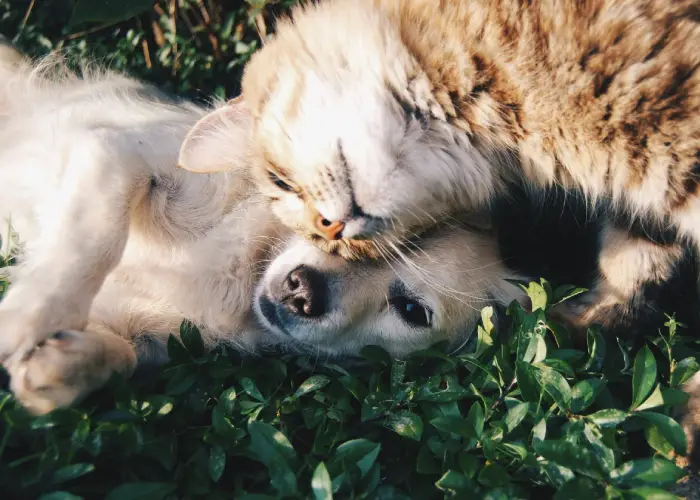
We all love to take our pets with us every time wherever we go. However, sometimes traveling with your pet can be hard for your furry friend. Airports, longer queues, and longer car rides might be stressful for your cats, who generally do not like to be in tight carriers for a long time. Therefore, it is better to use the best pet boarding service in Dubai.
If you are planning for a trip and not planning to accompany your cat along with you, it is better to choose a renowned cat hotel Dubai for the safety of your pet. Here we provide some useful tips to find the best pet boarding service in Dubai.
How to Choose the Best Cat Boarding Dubai
How to Choose the Best Cat Boarding Dubai
When choosing the best cat hotel Dubai for your feline friend, make use of your time and check where to get the best quality care for your animal. So be sure to read the reviews of the cat boarding facilities near you before choosing one.
Conduct a Thorough Research
Before stopping at any boarding facility, you need to consider a lot of things and learn about each service provider near you by visiting their facility. Ensure the cat hotel is spacious and clean to accommodate your little companion. Also, look for enough scratching posts and litter boxes for the number of pets staying there.
Make a good interaction between the animal care staff at each cat boarding facility that you may consider. Understanding their attitude towards animal care and learning how they deal with cats and doing their responsibilities will help predict the type of care they provide to your cat.
Consider the Safety Features
Security is another core element to consider when choosing the best cat boarding Dubai. We all know that cats are incredibly clever as well as dexterous. They possess exceptional abilities to infiltrate anywhere they aren’t supposed to be, and they are equally proficient at exiting unnoticed. Therefore, you need to ensure that the boarding facility provides kennels and crates that are large and secure enough to make a comfortable stay for your cat.
Additionally, you need to ensure that the litter boxes in the facility are frequently changed to make sure that the cages and enclosures are cleaned and kept in good condition.
Food Concerns
If your feline friend has a unique dietary restriction, the best pet boarding service in Dubai welcomes your pet and allows you to drop their food along with your pet. Or else, the Cat Hotel Dubai features animal feeding as complementary within the cost of your pet’s stay.
Understand The Common Pet Boarding Service Rules
Understand The Common Pet Boarding Service Rules
There are several rules that most pet boarding facilities in Dubai will expect you to follow. The following tips help you to prepare when sending your cat to the best cat boarding Dubai.
Updated Vaccinations
In every pet boarding facility, your pet will socialise with many other animals. So, most of the boarding services in Dubai only accept fully vaccinated cats to ensure their safety. Therefore, when you take your cat to the Cat Hotel Dubai bring their updated vaccination records along with them to avoid concerns with this.
Unfortunately, if you’re going for a quick trip and need to provide a shot for your feline friend, you must consider other options. Many services typically mandate a waiting period post-vaccine administration, usually spanning a few weeks. This interval guarantees that the vaccines have adequate time to become fully effective before individuals can avail themselves of the service.
Disclose Illnesses
It is also essential to be honest regarding the health issues of your feline friend. Some cat hotels in Dubai may refuse cats suffering from FIV or similar conditions. Hence, the boarding service that you may choose must be incorporated with adequate medical care.
Fancy Furry Pet Care – The Best Cat Boarding Facility in Dubai
Fancy Furry Pet Care – The Best Cat Boarding Facility in Dubai
Fancy Furry Pet Care is a leading cat hotel Dubai provides the best pet care for your furry friend. Leaving your feline friend with someone else requires a lot of trust and care, so it is important to choose a local option that provides you peace of mind when your pet gets in the right hands. However, if you want to choose an option with an excellent track record of quality service, Fancy Furry Pet Care is the best choice for a cat boarding facility in Dubai.
Call Us NowFancy Furry Pet Care offers a comfortable and reliable pet boarding service in Dubai. We are also happy to provide the best pet grooming, relocation, and taxi services. Call our facility for more information and schedule your appointment today.





